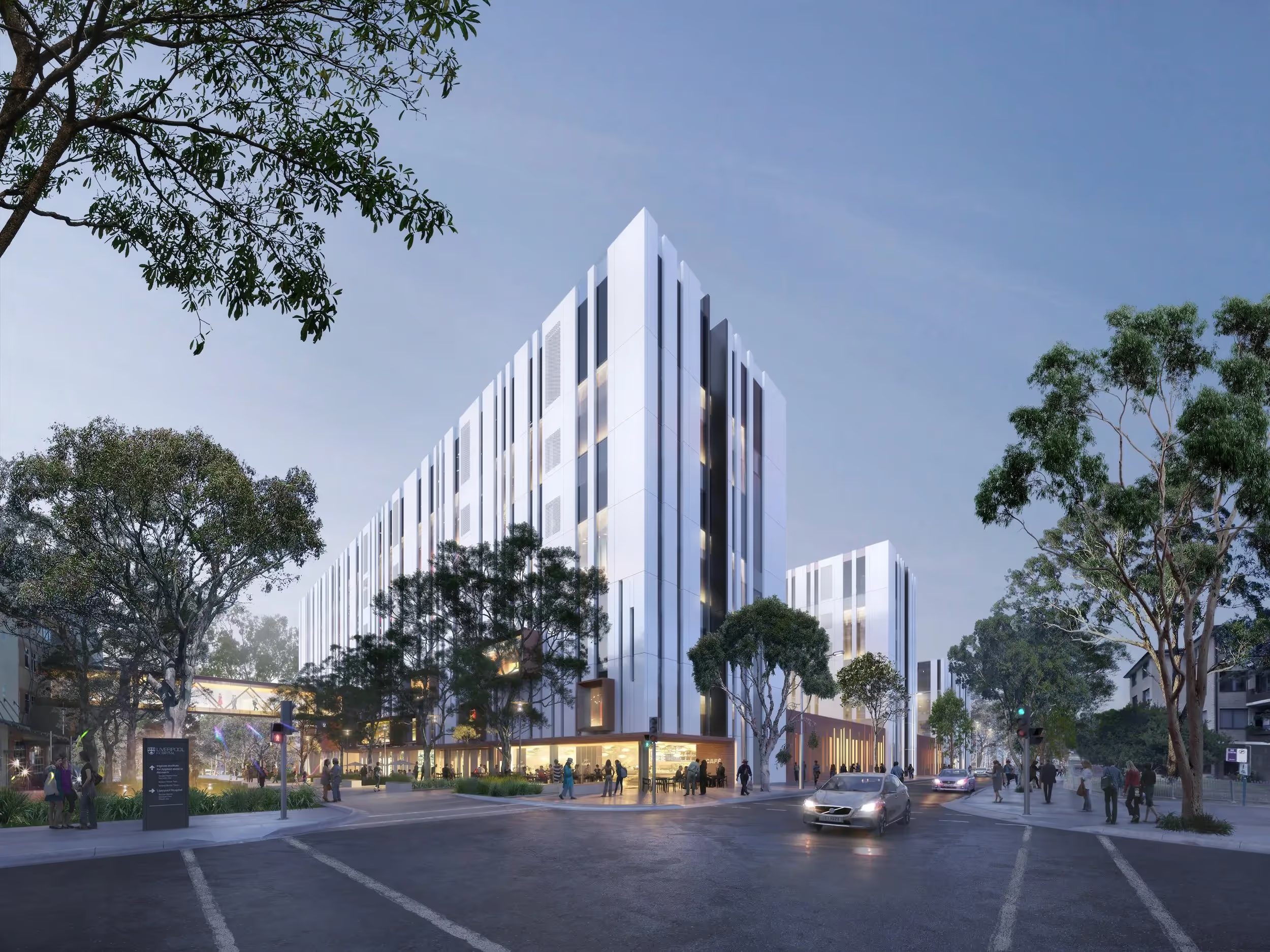COVID-19 has put the Australian Health sector under the spotlight, which is where it rightfully should be. The Australian public should be in awe of the role that health, aged care, the disability sector, and government leaders have done in combating this pandemic.
Although our economic status has been seriously impacted, it is not unlike any other country. In 2020 the Australian economy outperformed all major advanced economies, surpassing expectations after growing at its fastest rate on record in the second half of the year. Our population’s health, especially that of the more vulnerable members of society, are currently in a better position than most other countries around the globe.
The government’s response to the global pandemic has been seen as favourable by the majority of the population. The actions of the government in combating the effects of COVID-19 on our country include an emergency health allocation of $25 billion in the 2021 federal budget. These additional funds are designed to provide access to medicines and Medicare, support our hospitals, improve and enhance the care support for the ageing and aged care, significant investment in medical research and vaccines, and to assist with and prevent mental health issues within our community.
This opens a range of opportunity for those working in the construction sector. The new and extended COVID-19 economic support measures include $15.2 billion in additional commitments to health infrastructure projects across Australia.
The National Primary Health Care Strategy identified that Australia’s health system faces significant challenges due to the growing burden of chronic disease, an ageing population, workforce pressures and unacceptable inequities in health outcome and access to services.
On 29th May 2020 the Commonwealth, States, and Territories entered in to a new agreement through the addendum to the National Health Reform Agreement 2020-21 to 2024-25. The new addendum maintains a commitment to ensuring equitable access to public hospitals for all Australians and provides certainty for the role of the Administrator and the NHFB into the future. As part of the health reform the Australian Government will contribute about $133.6 billion to the health sector during this period. These funds are distributed across the above-mentioned areas of health.

Response to COVID-19 opens vast opportunity for the local construction industry
This opportunity includes the establishment and extension of up to 150 GP-led Respiratory Clinics valued at $446.9 million and the establishment of 15 mental health clinics at selected GP clinics at an estimated cost of $31.9 million.
The budget allocated $153.6 million for community health, hospitals and infrastructure projects in 2020-21, with an allocation of $176.3 million in 2021-22, $225.3 million in 2022-23, $200.5 million in 2023-24 and $145 million in 2024-25.
The Australian Government is providing funding to all states for vital health infrastructure and services to ensure Australians can access the care they need, where it is needed the most.
The NSW State Government has committed $10.8 billion over the next four years to 2024 for health infrastructure investment. With over 80 projects underway, their teams are managing Australia’s largest portfolio of health capital works. And the scale and complexity of the portfolio is quite astounding. From billion dollar precinct redevelopments, to new hospitals, community health facilities and ambulance stations, Health Infrastructure is transforming the shape of health care in New South Wales.
The Victorian Government currently has $7.3 billion worth of active projects. It has 17 projects and grant programs in planning stage, 27 projects and grant programs in delivery and 42 total projects at practical completion.
The Queensland Government health budget provides a record $20.885 billion in operating funding as well as $1.35 billion capital program to continue to deliver first-class health services to Queenslanders.
The COVID-19 global pandemic has taken the world by surprise and one of the challenges that each country on the globe faces is how to promptly and effectively manage the necessary changes needed to combat the pandemic. The goal for all leaders is to keep their populations safe, all while trying to keep their economies from imploding. The Australian Government has demonstrated a fantastic response to date. They have kept our citizens safe while minimising the impact on the economy. For health administrators, the next challenge is how to ensure that capital funds allocated for the health sector are utilised in the most beneficial way.

Global research has identified that 89% of all capital projects finish over time and over budget. Without effective management of these projects, the government stimulus for health infrastructure which is designed to benefit our entire population, could result in being a financial burden to our economy.
Let’s hope that someone is keeping a very close eye on our hard earned tax dollars with more than a couple of spreadsheets.
If you're managing a health infrastructure project, capital program or portfolio and looking for better solutions to deliver, don't hesitate to reach out to us at hello@mastt.com.au.










